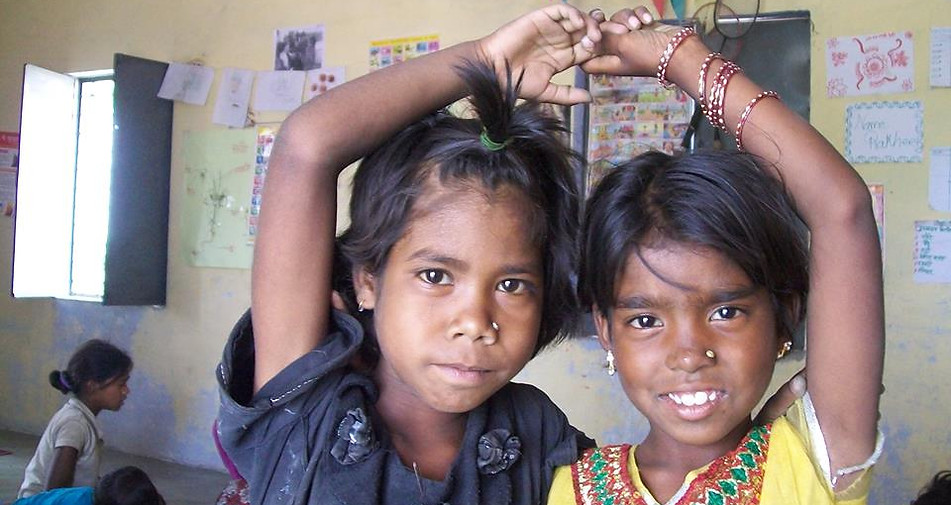

UP and MP
PARAS India is working in Uttar Pradesh and Madhya Pradesh regions of Central India.
We work in the Bundelkhand region of UP and MP in the districts of Jhansi, Lalitpur, Jalaun and Mahoba in UP and Datia, Nivadi and Tikamgarh of MP. Additionally, we also cover the following districts in UP- Kanpur Dehat, Fatehpur, Prayagraj, Mau and Shravasti.
PARAS India is working in Bundelkhand with the marginalised groups especially the tribal who are at the bottom of the socioeconomic pyramid and need extensive support and care.
Bundelkhand is a problem region due to low rainfalls, hot climate, arid and ravine lands, low population and mismanagement. Farmer’s suicides in both halves of Bundelkhand are related to larger issues of poverty, backwardness, and lack of industrialization.
Basic literacy is low and though school education has achieved universal access to primary education, there is much to be done for the univerzalisation of secondary and higher education. The quality of actual learning is low, with children not able to comprehend, understand and absorb what they are being taught. The advantages that education brings to a population have not been achieved in Bundelkhand, although the level of student learning is of the same quality as in the rest of the parent states. Children in Bundelkhand, in UP, have better education standards of learning than their counterparts in MP-Bundelkhand.
Government schools have improved their infrastructure over time, but still face problems like shortage of rooms, toilet facilities or power connections, or even access to drinking water. Even though teacher appointments have been made, schools suffer from low teacher attendance, and children belonging to SC communities sometimes face discrimination. Retention rates drop as children move up to the higher classes, and high drop outs are worrying especially amongst girls and SC children. Girls attend schools closer to home, but often girls are not allowed to attend schools that are located far away, and thus girls miss out on education as they move to higher classes.
Infant mortality rates are very high, especially in the MP region, which does much worse than the UP region in all health indicators. High child and infant mortality have seen some improvement over the last decade, but immunization is not universal, and while most mothers now deliver under trained care (mostly institutional), follow up and post-natal care is unsatisfactory. Insufficient supplementary nutrition for mothers, poor hygiene and lack of access to timely care in emergencies keeps maternal mortality rates amongst the highest in the nation.
Literacy levels in Bundelkhand are very low, and the Census 2011 stated the overall literacy rate as 69 percent and the literacy rate for women as only 57.6 percent. The region has a huge pent-up demand for education, especially for job-oriented education.
Culturally, education does not get high priority in households, primarily because there is a feeling that education does not impact livelihoods, and people seem to prefer skill-based education rather than just basic education. There is a large gender gap in literacy levels and in access to school for school-going children. Girls are not encouraged to attend school; they do enroll but miss out on regular school attendance and participation.
This demand for sustainable mass awareness campaigns in the region. The necessity of basic education and language enhancement courses has to be the primary focus. The health indicators too suggest that awareness and regular medical camps and guidance from professional doctors can come handy to people in the region.
